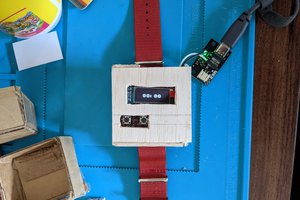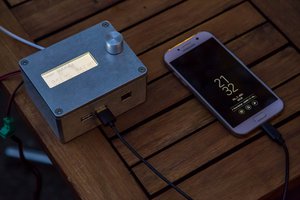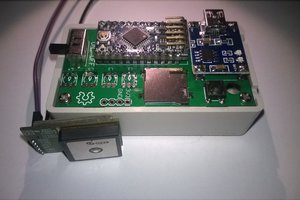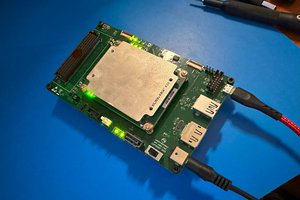Device is essentially composed of 3 simple components:
- A VT100 Terminal emulator running on the onboard ATmega128RFA developed using the Arduino IDE and OpenSource gold library https://github.com/bitbank2/SmartResponseXE
- A powerfull Single Board Computer named NanoPi Neo Air capable of running the latest debian distro with WiFi support
- An ordinary USB PowerSupply to replace the 4 AAA Batteries with something more powerfull
 chmod775
chmod775









 Maso
Maso
 Lukas Fässler
Lukas Fässler
 David Davenne
David Davenne
 Chance Reimer
Chance Reimer
Nice project! I hope the schematics how to connect the to the ISP to program the terminal emulation and the pinout how to connect the Raspi/whatever to the onboard serial follows soon. ;)